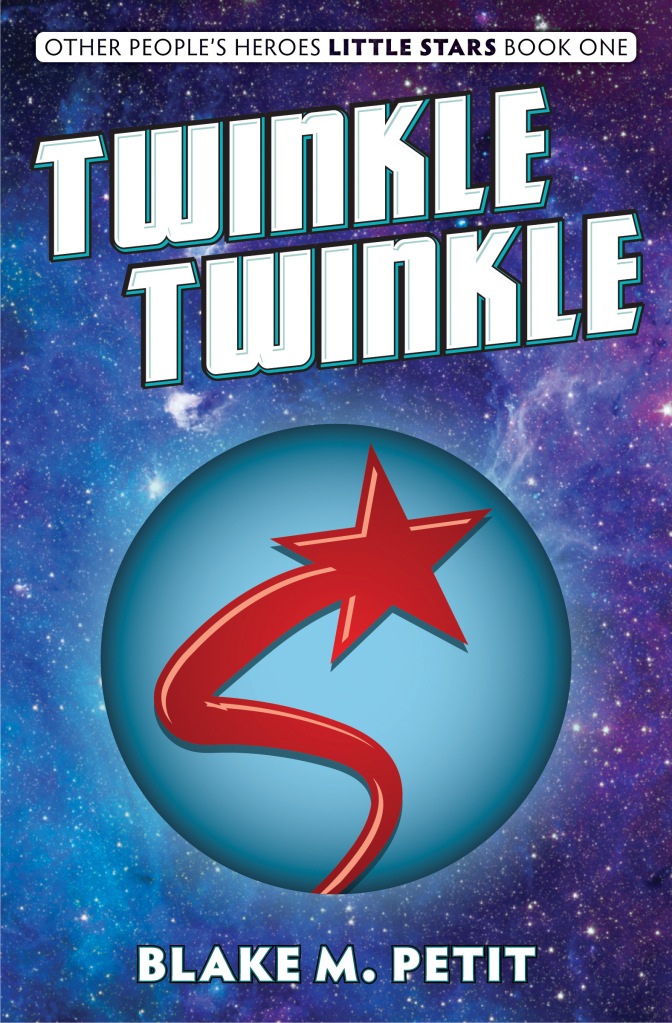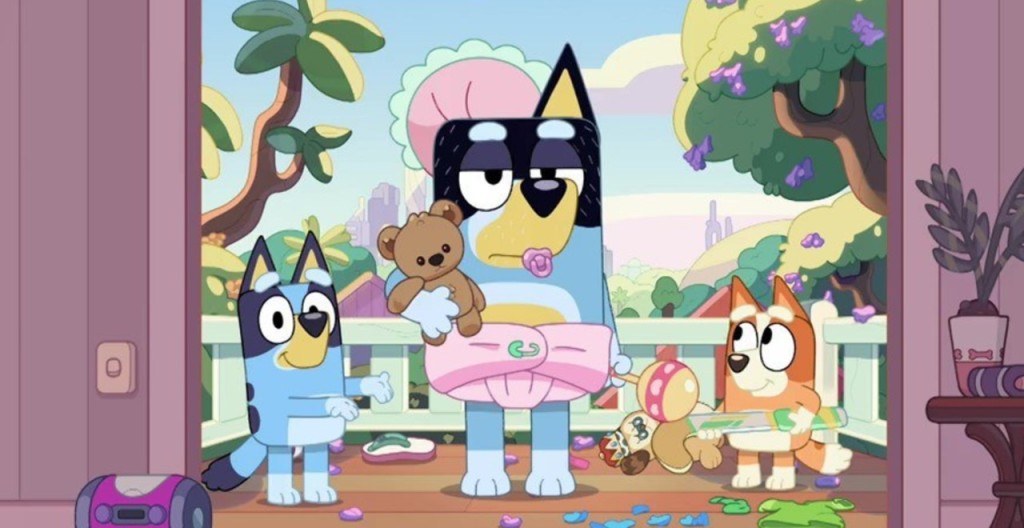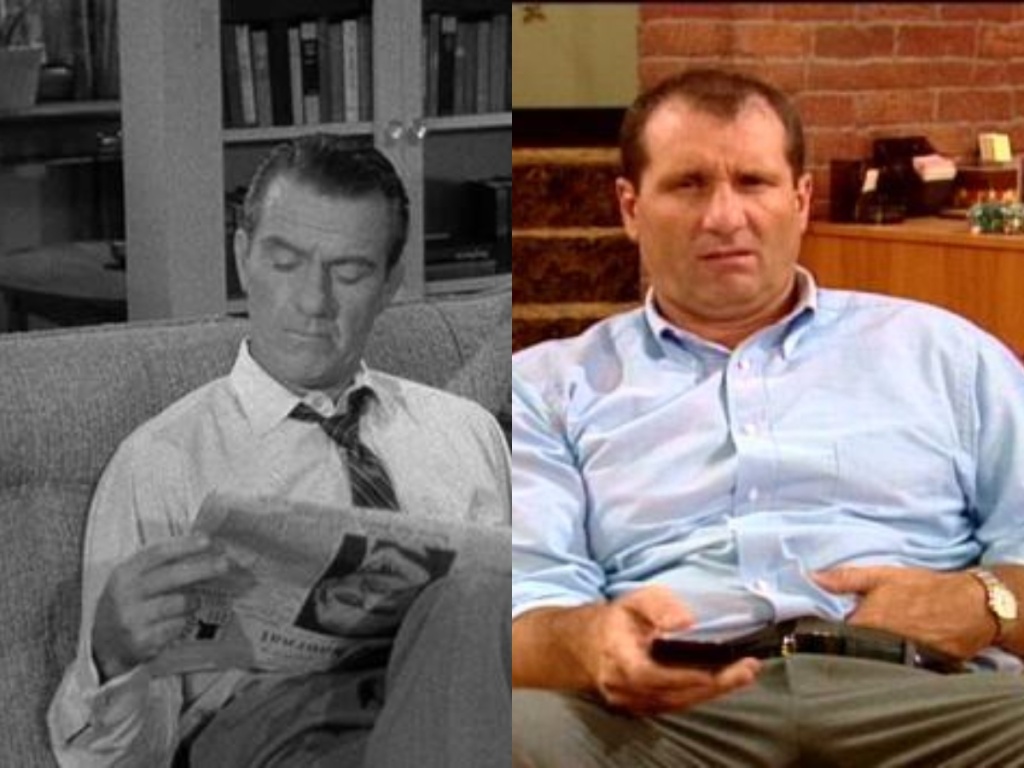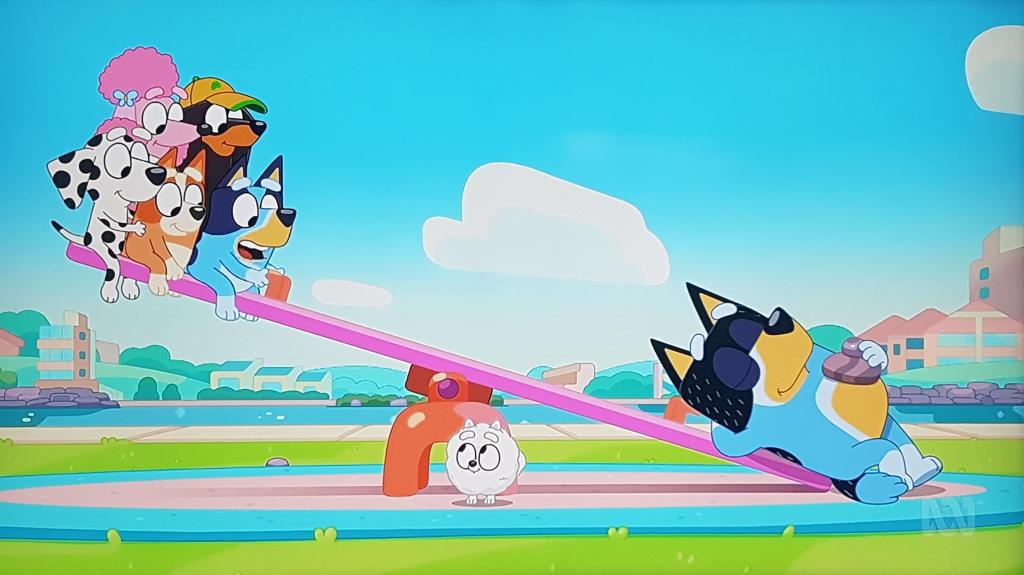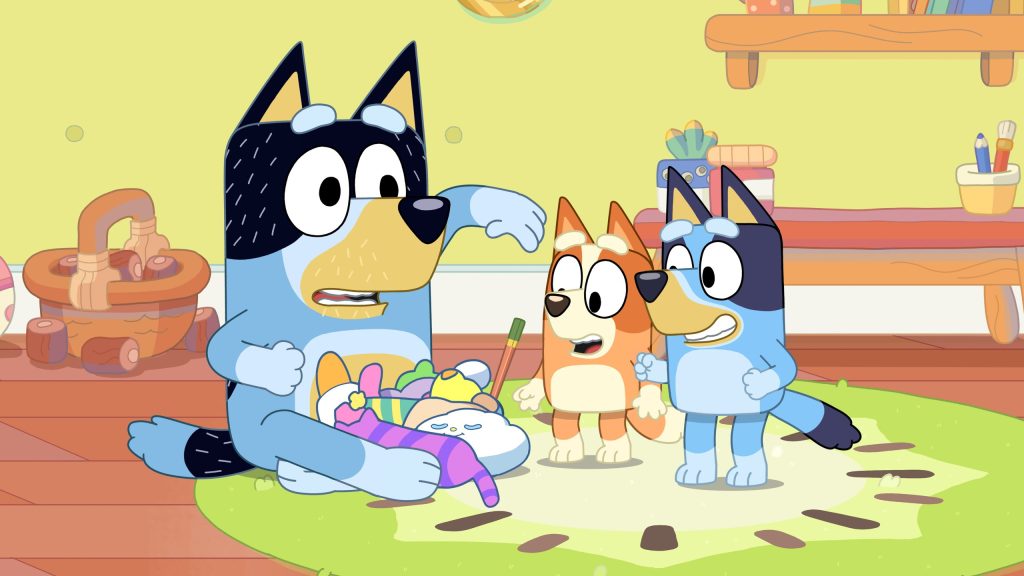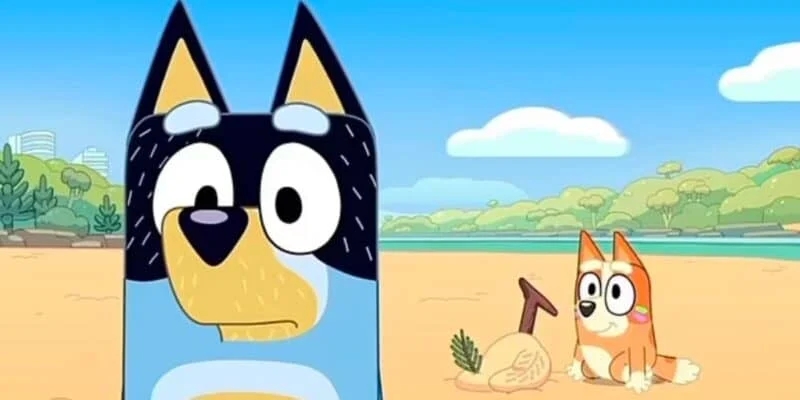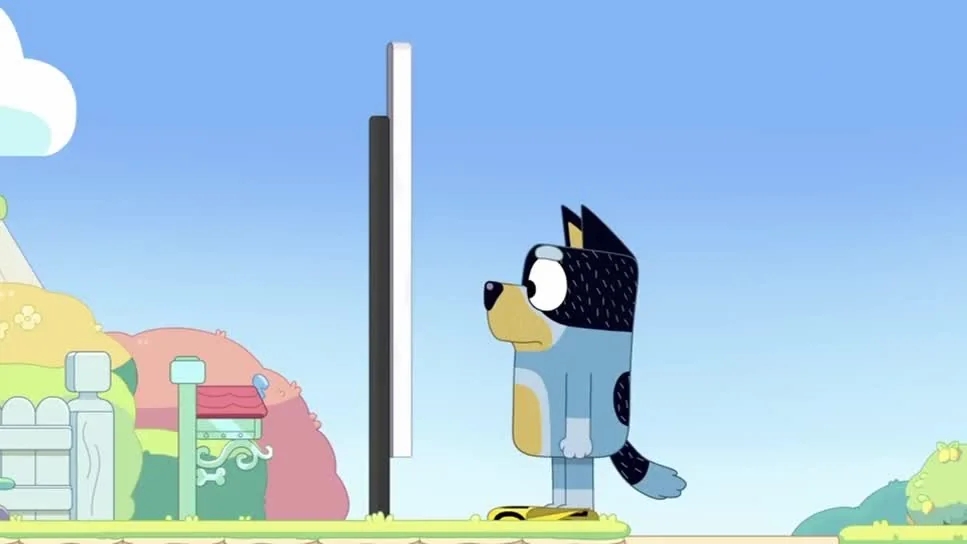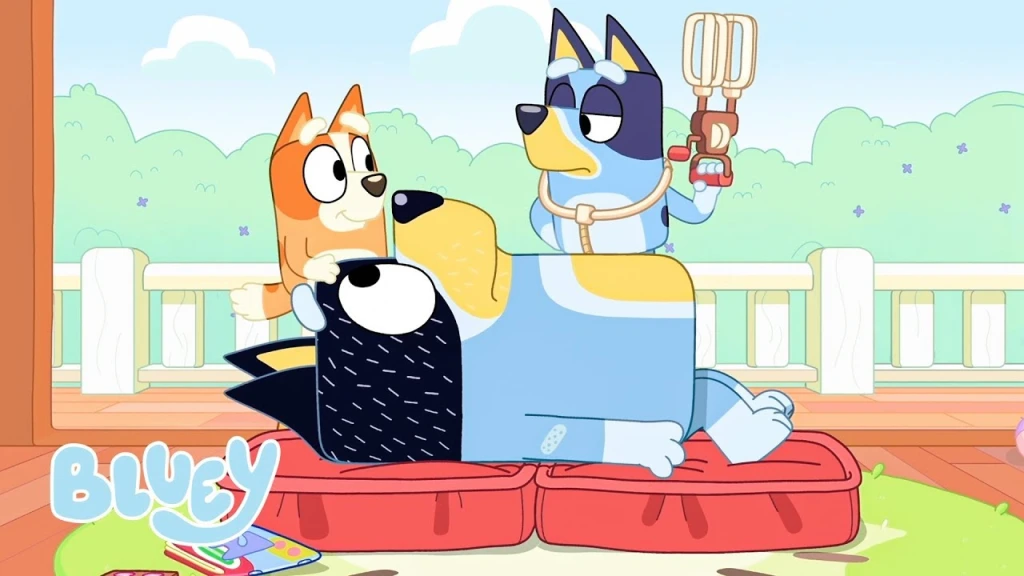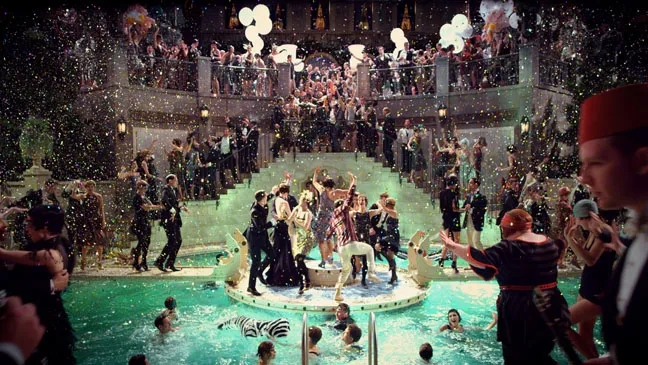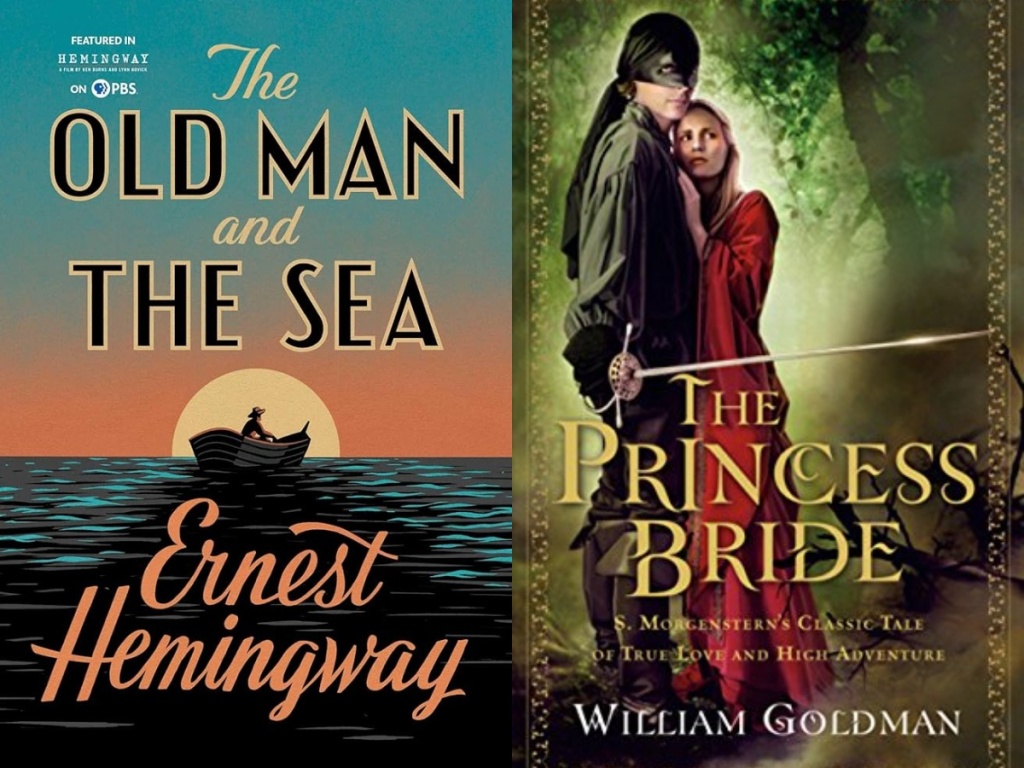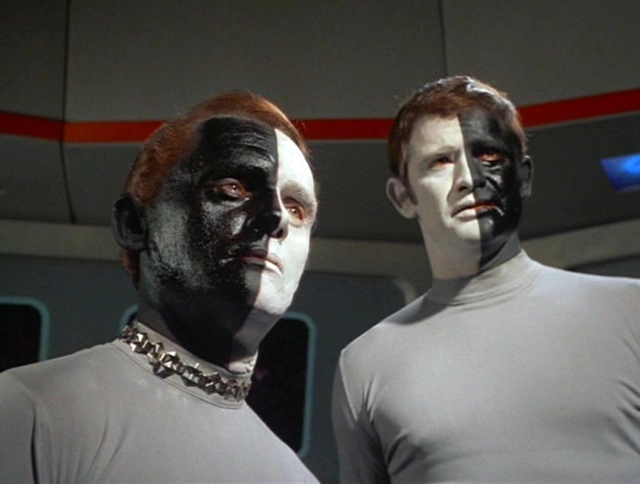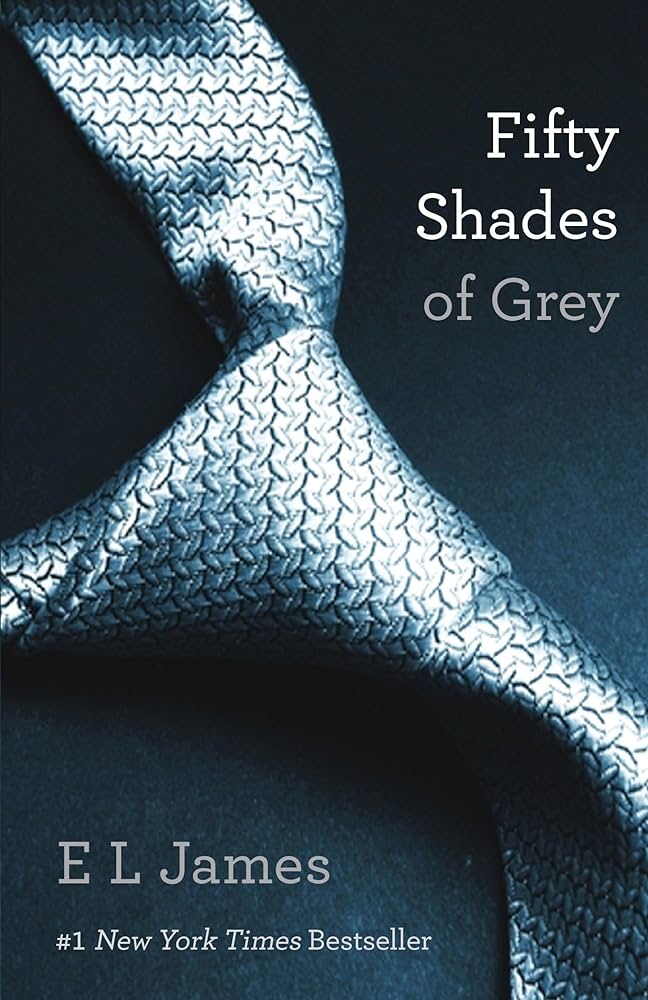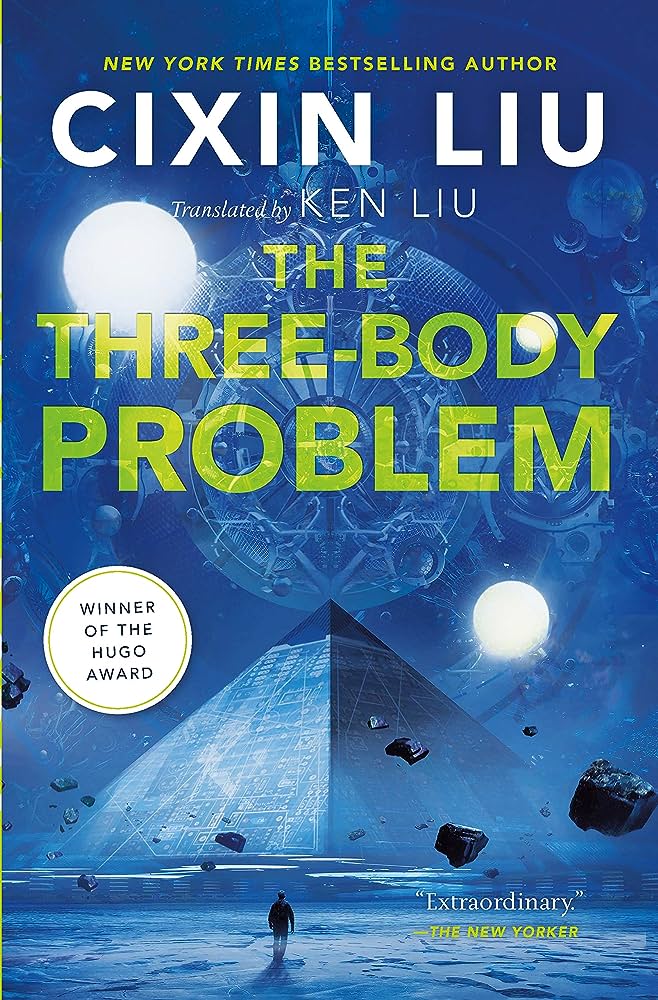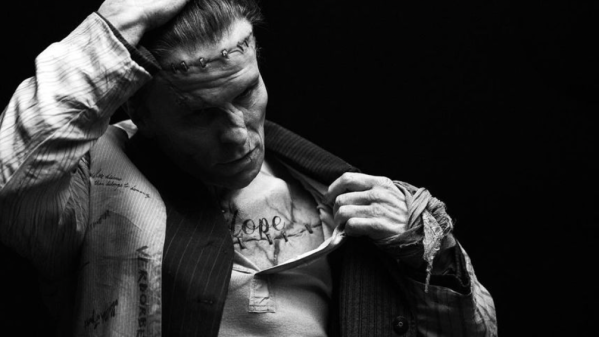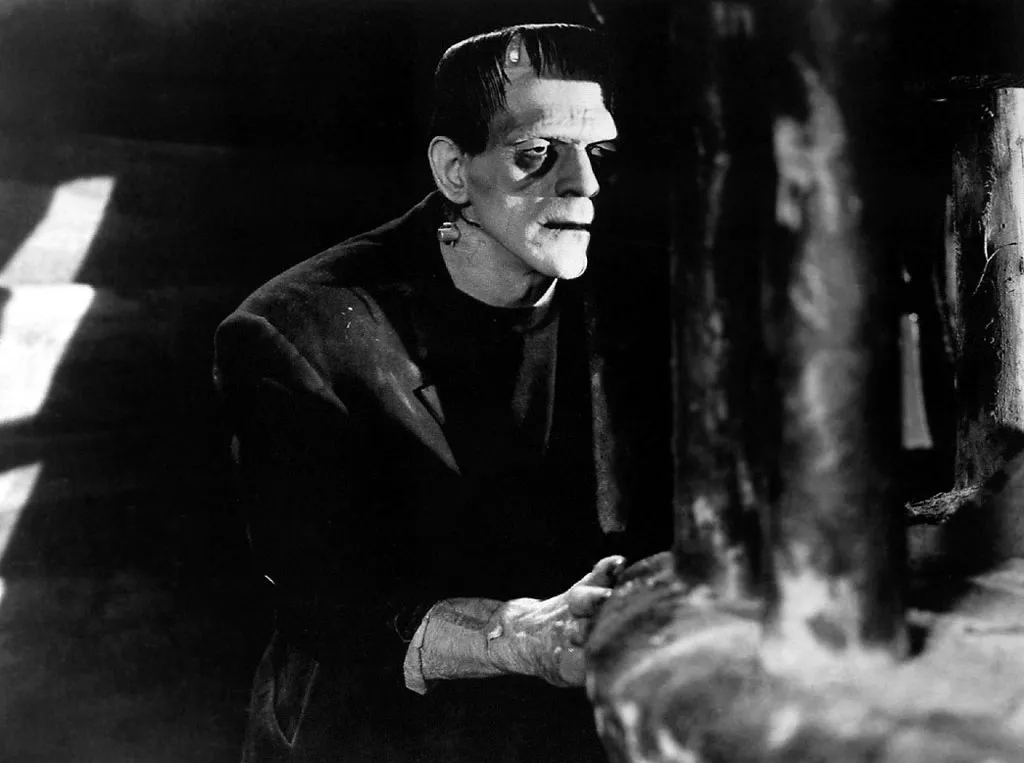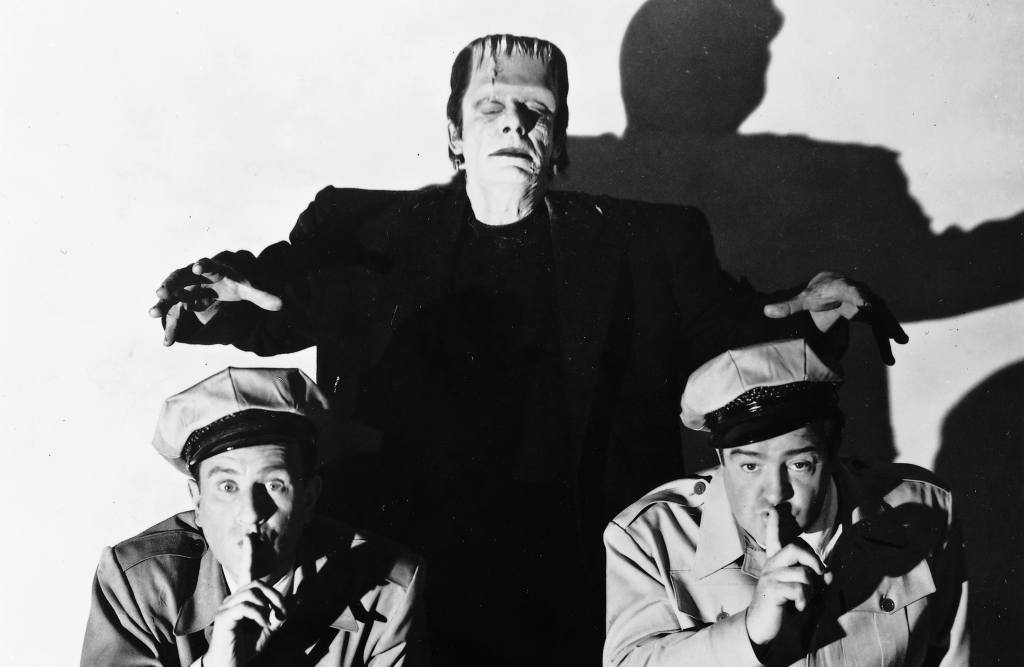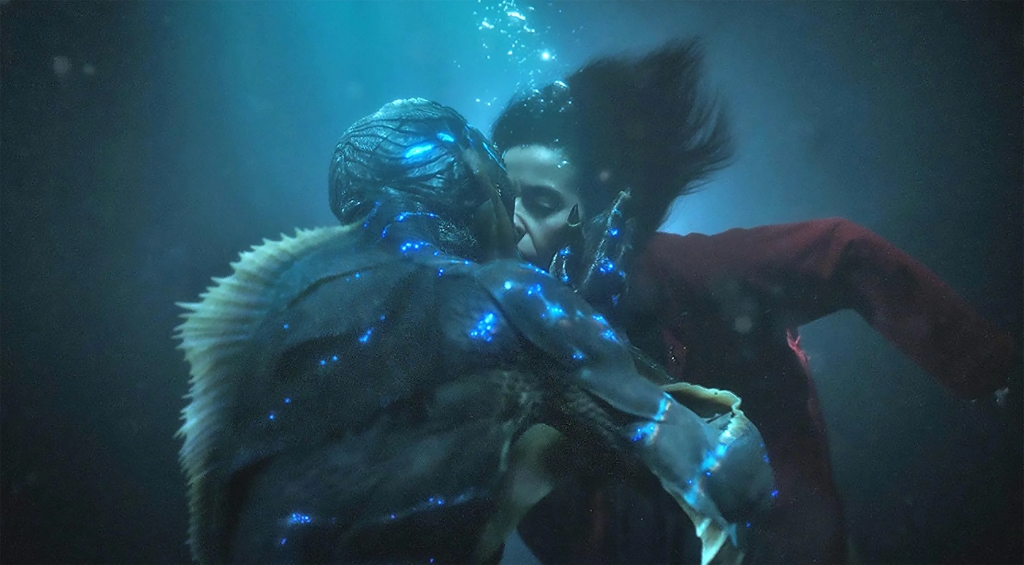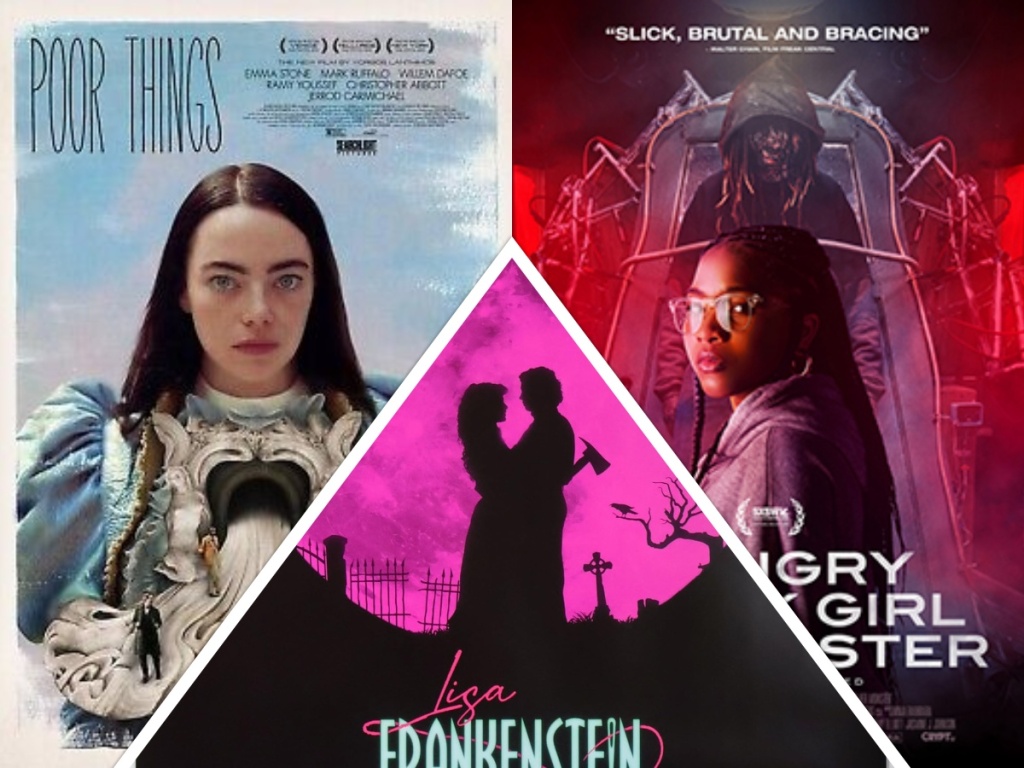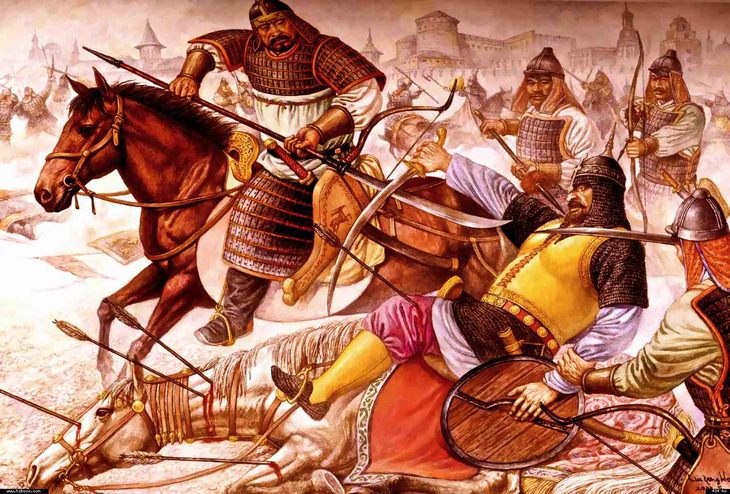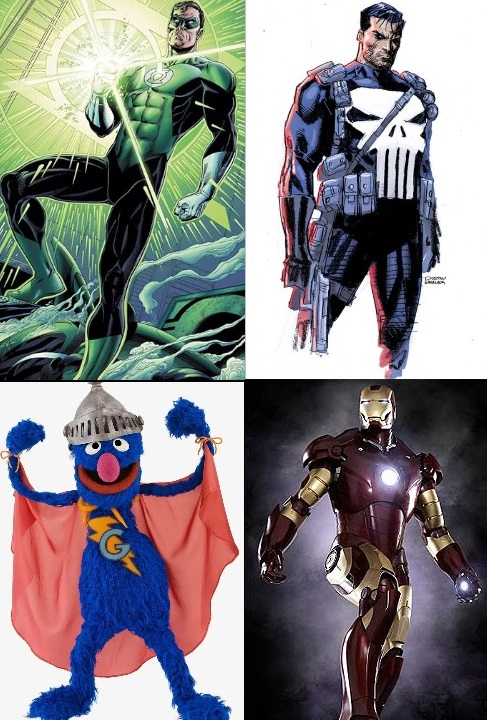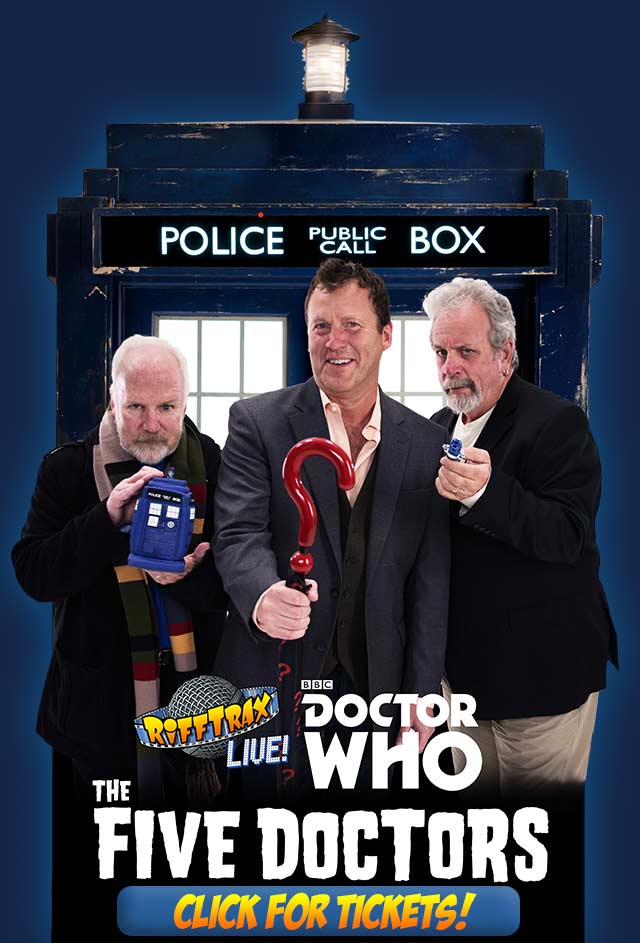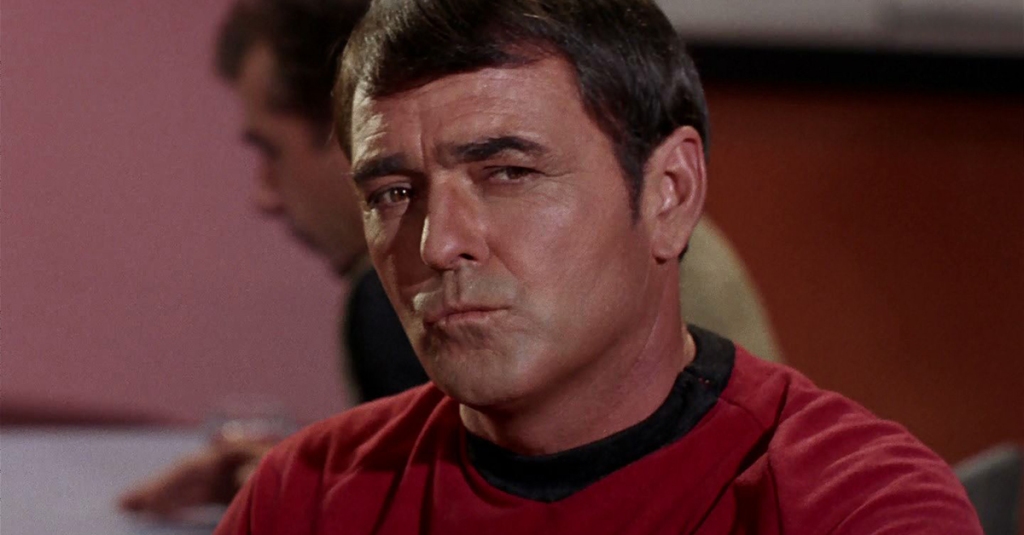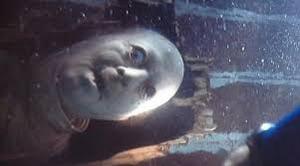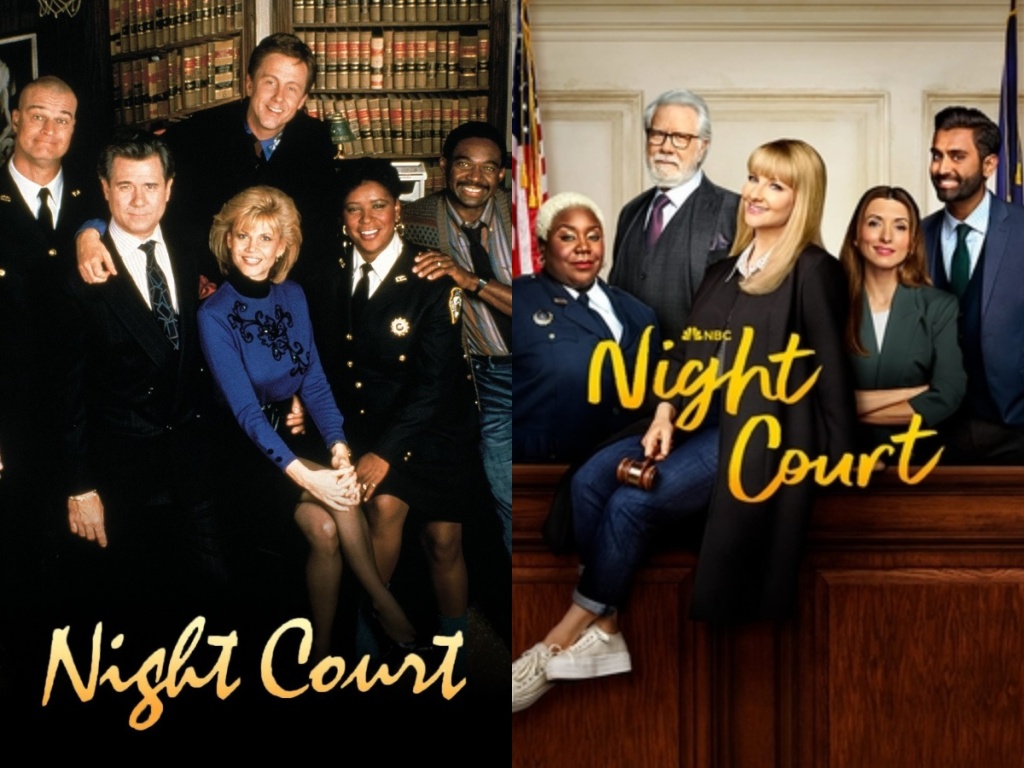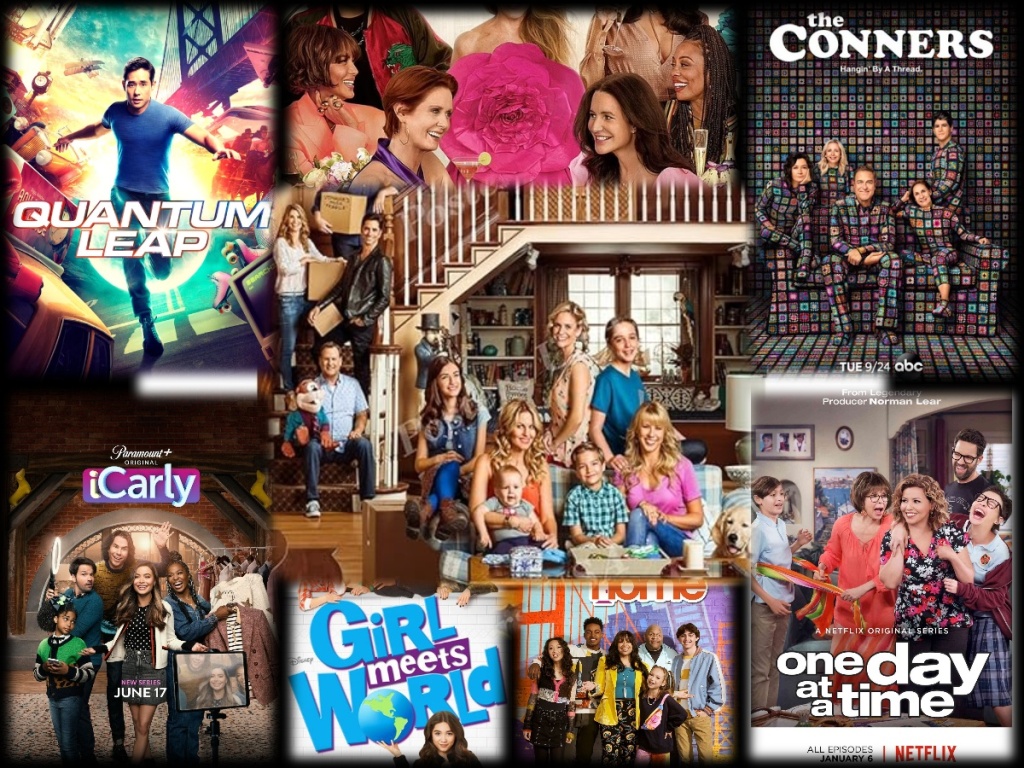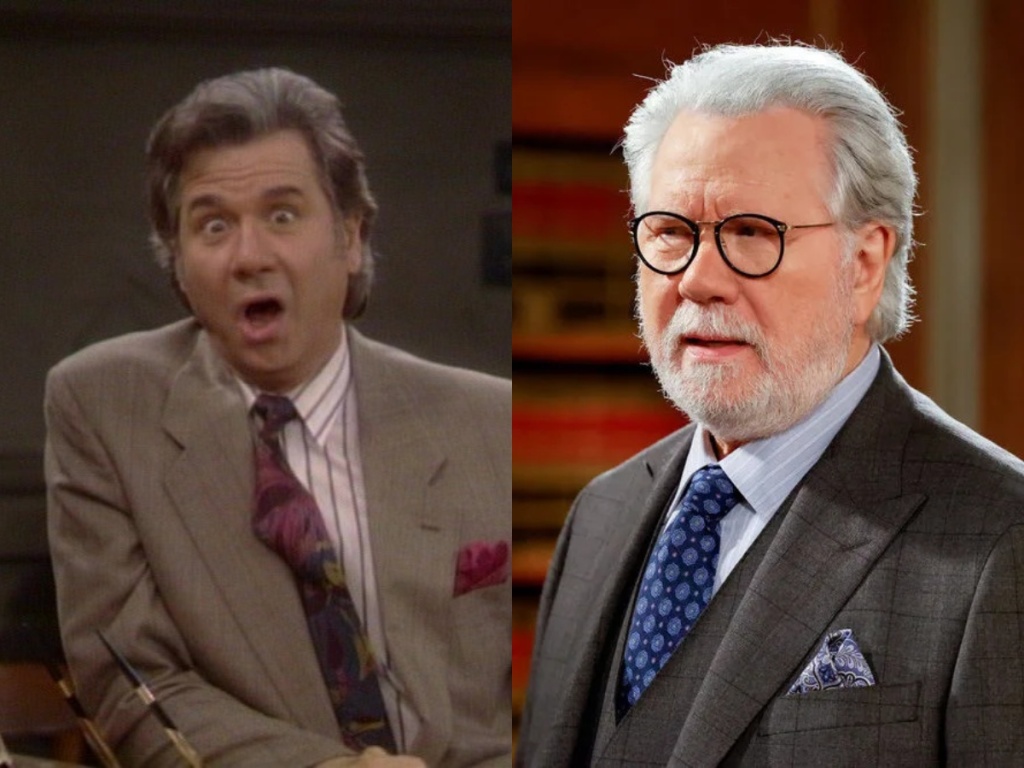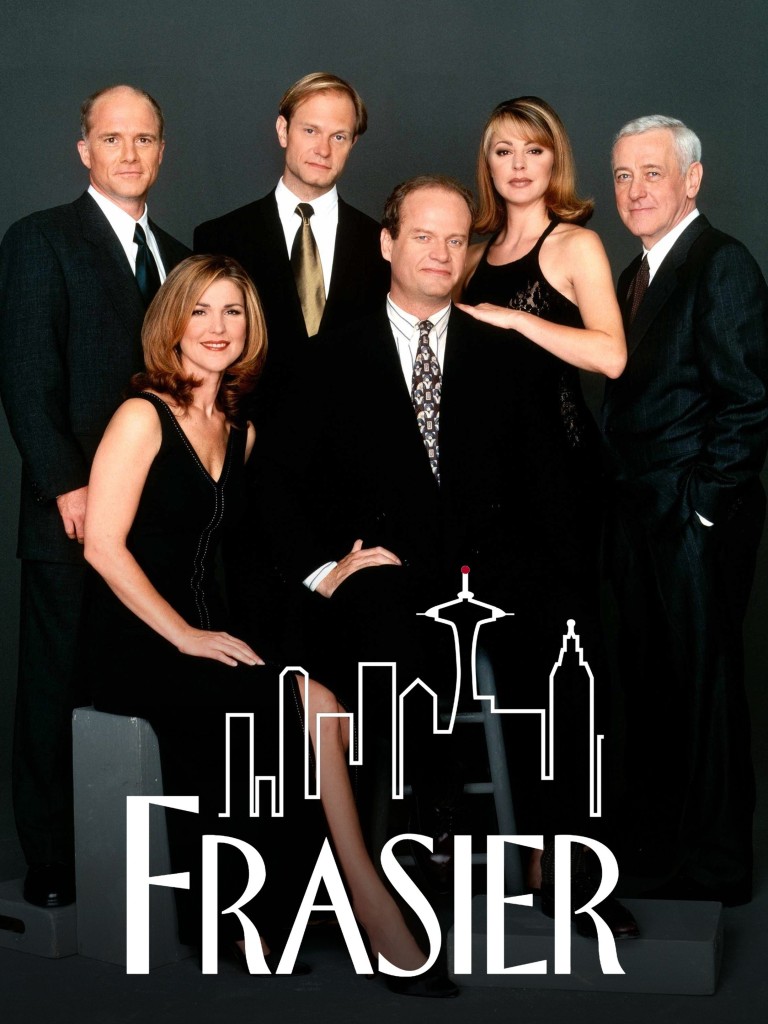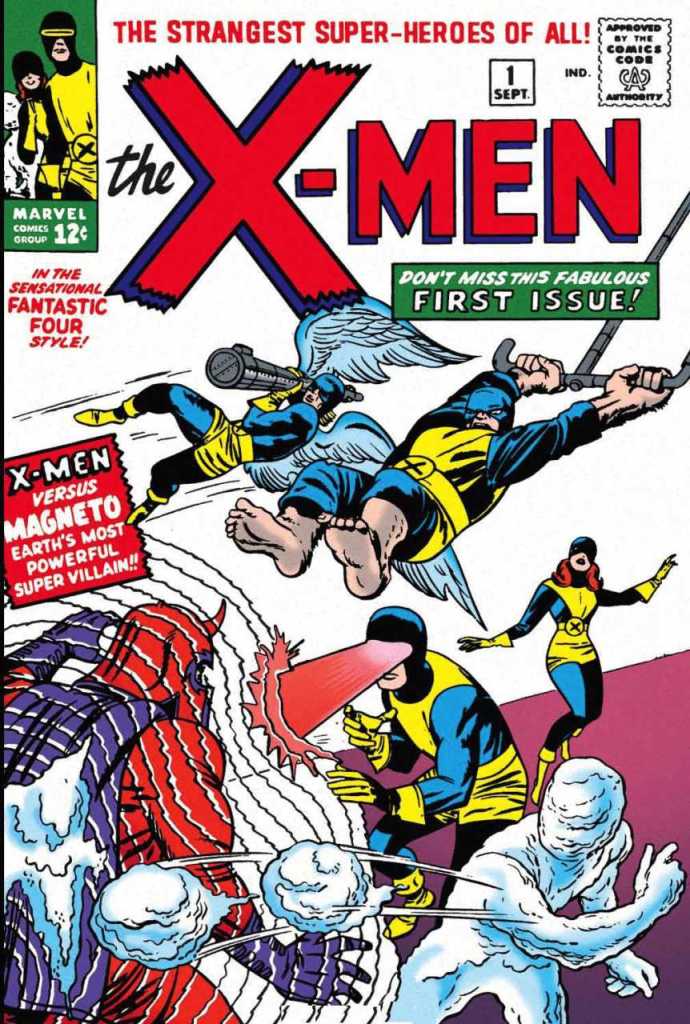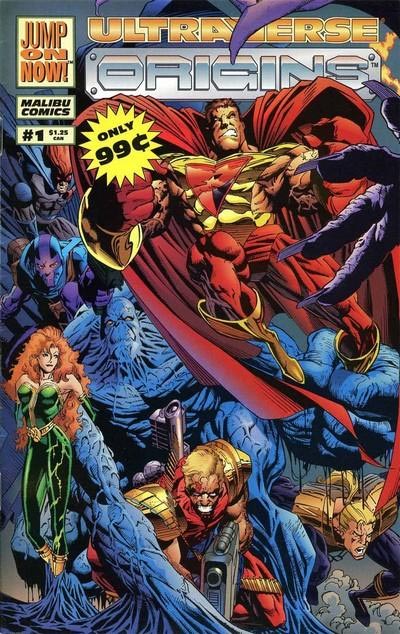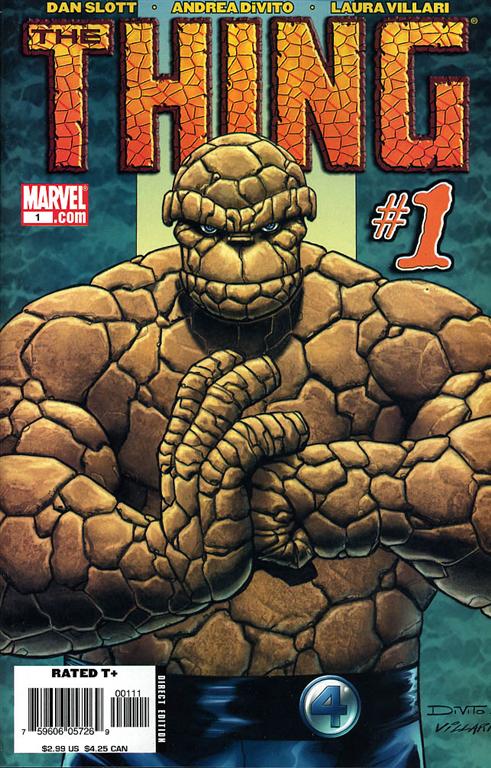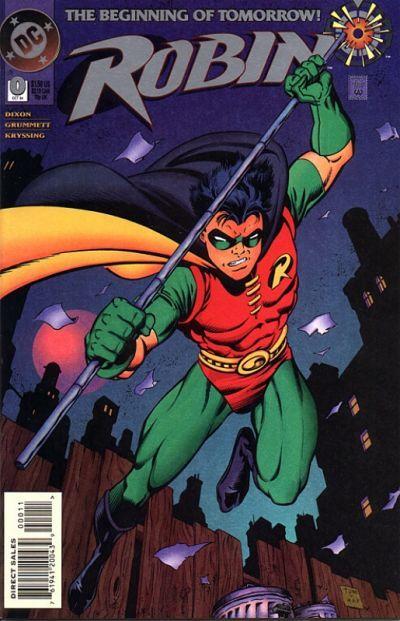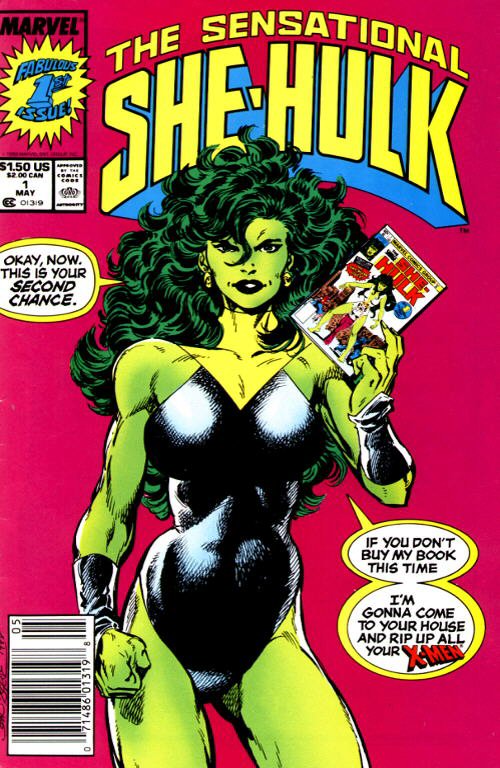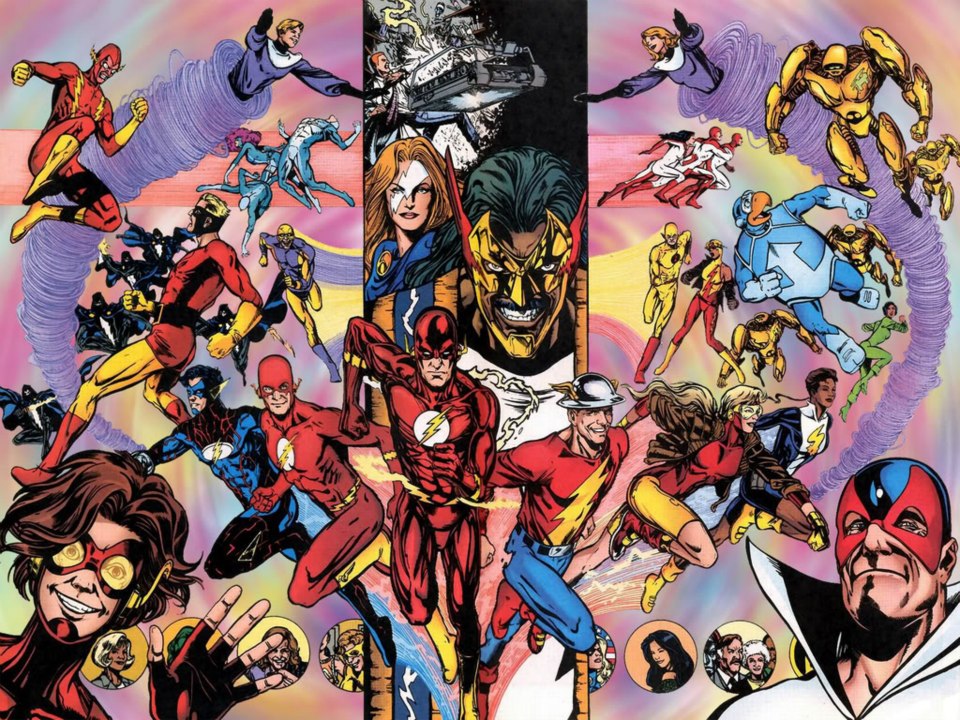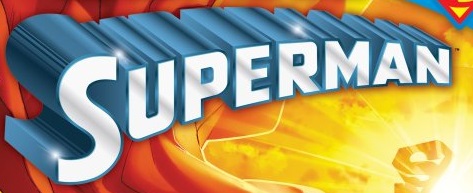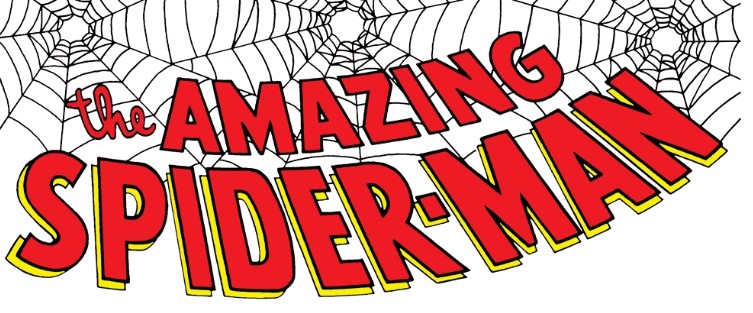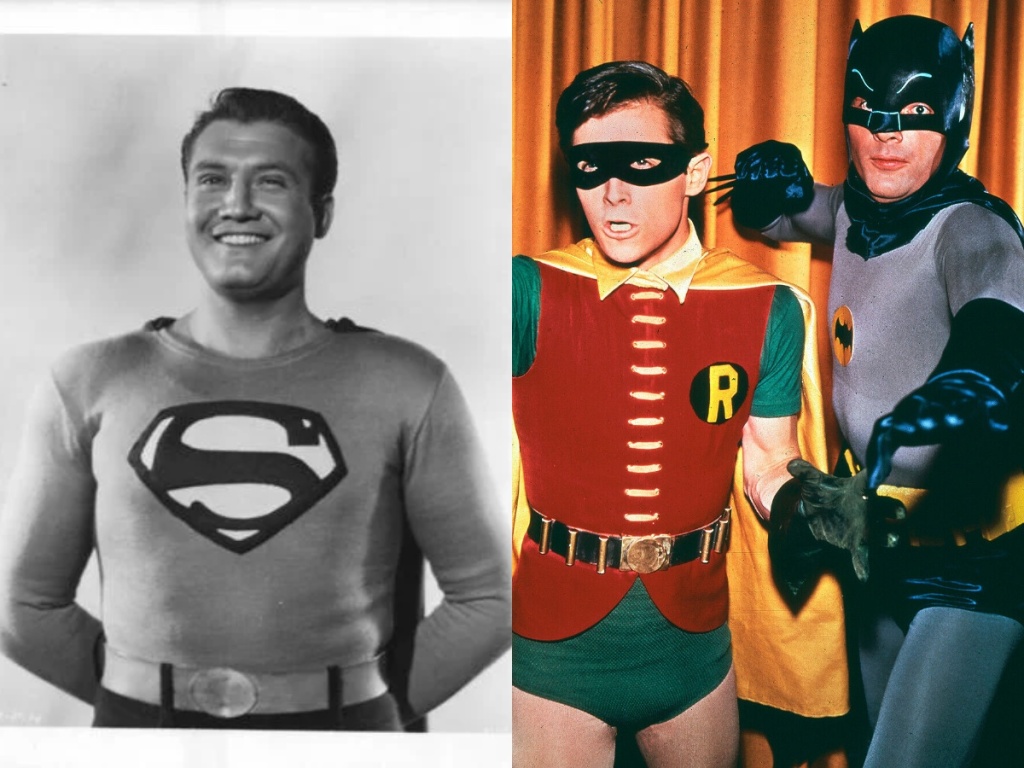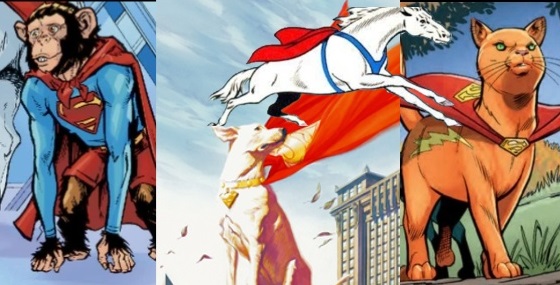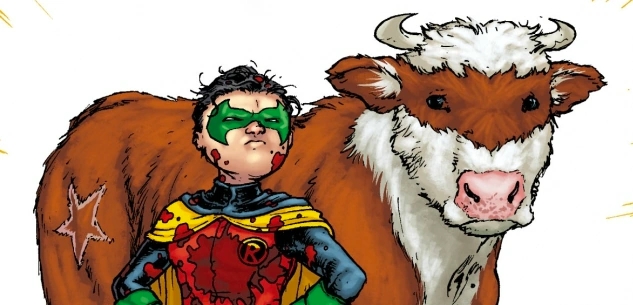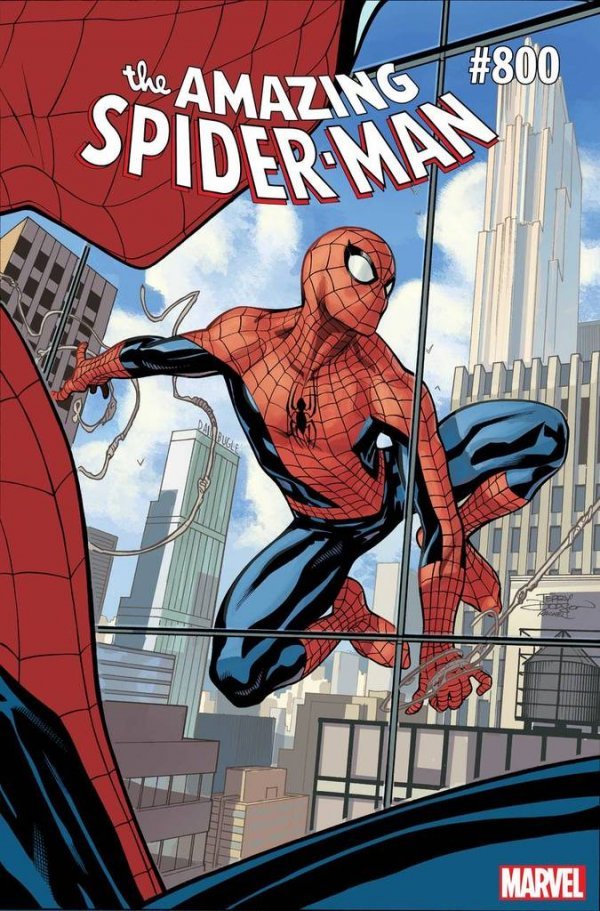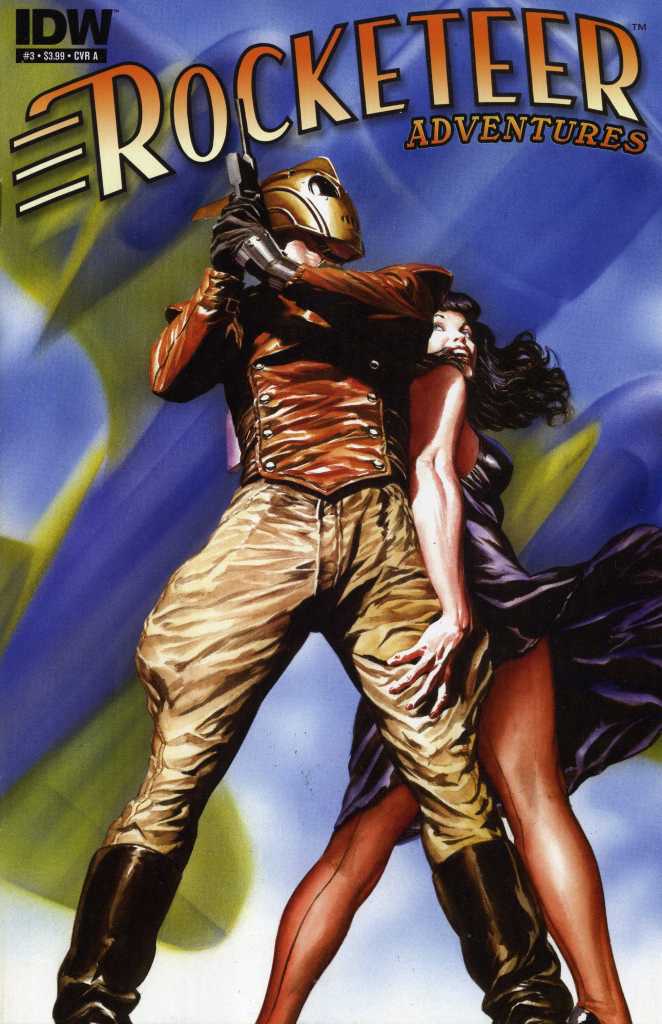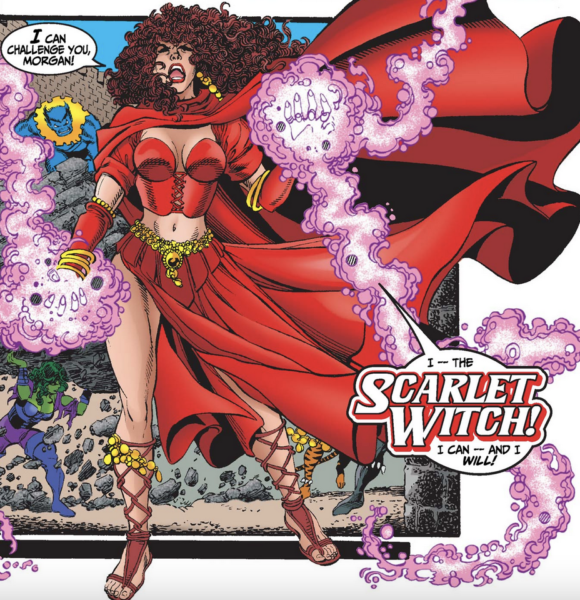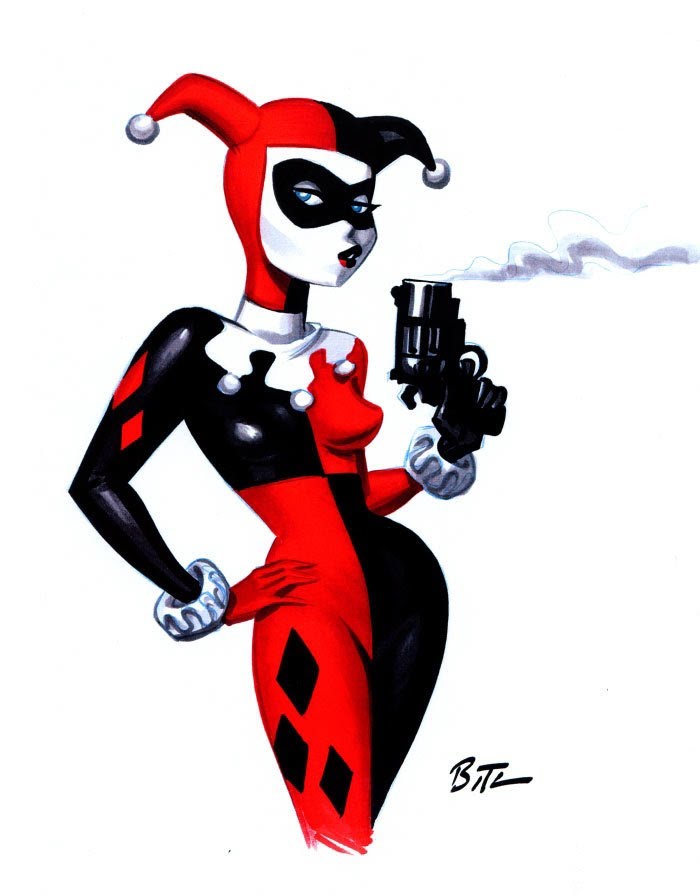A few months ago, a friend of mine shared with me a website called Freebooksy.com, which alerts you to freebies in the Amazon Kindle store. It’s fairly simple – you click on the genres that you’re interested in when you sign up and each morning you get an email with a selection of free books available. Inclusion in the email is paid for by the authors and publishers, I should point out, as a promotional tool, so you see the same names over and over again, but it’s hard to complain about free. I check the email most days, but I don’t sweat it if I miss a day because I know that the same stuff will be comin’ around again before too long.
Also before too long I noticed a distinct trend, especially among those books that are designated as “thrillers”: utter homogony when it comes to cover design. On any given day when I open this newsletter and scroll to the thriller section, I will see a minimum of three covers with virtually the same style:
- A single color palette – often blue, but reds and oranges are also popular – which creates a gradient across the book cover.
- The title of the book in large unimpressive block letters.
- The author’s name in smaller unimpressive block letters.
- A line of text informing you what series this particular volume belongs to.
- A background image that usually cuts across the middle of the book. This is often, but not always, a landscape of some sort. Popular choices are mountain ranges, swamps, beaches, and cabins in the snow.
Usually I would try to provide some pictures here to demonstrate my frustration, but considering how I’m talking about how dull and bland these covers are, I kinda feel bad calling anybody out specifically. So instead, I have used my legendary skill at Not-Quite-Photoshop-But-a-Free-Online-Alternative to create my own example of the sort of cover I see over and over and over again.
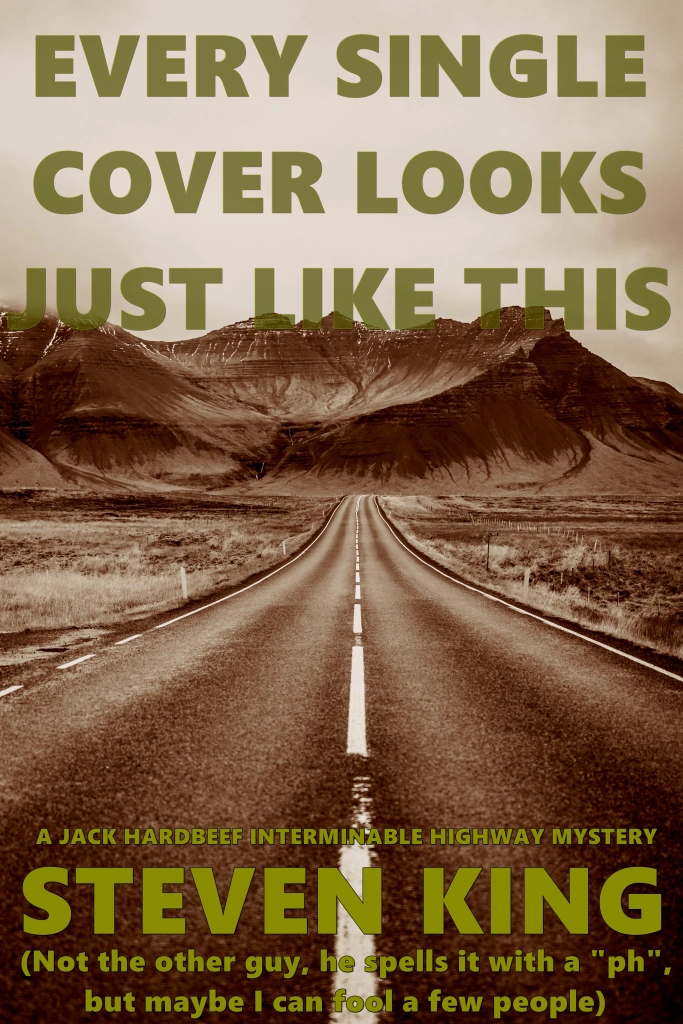
Riveting, right? If you go to Amazon right now and click on the “thriller” genre once you figure out where they’ve hidden the books, you will see dozens and dozens of titles that duplicate that template to the letter. After a while they all blend together and there’s nothing to make me remember any of them. They always say you can’t judge a book by its cover, and that may be true, but I’m sure as hell more likely to pick up a book in the first place if the cover doesn’t look like it was made with Generic Thriller Template #1138.
The same holds true for movie posters, by the way. Movie posters were once an art form all to themselves, with gorgeous illustrations by the likes of the great Drew Struzan that made me even more anxious to see Goonies, Indiana Jones and the Temple of Doom, or Back to the Future than the trailers did. Now book covers and movie posters seem to be churned out by committee, choosing the elements that hit the greatest number of quadrants to appeal to the largest number of people and, in the process, becoming something that is appealing to no one.

Look, I’m spoiled. Most of my book covers have been done by Jacob Bascle, who absolutely knocks it out of the park every time the way he did with the cover for Little Stars Book One: Twinkle Twinkle, which by the way is now available to preorder on Amazon. (That’s as subtle as I get, folks.) But I also know that’s because I self-publish, and if I ever get tied up with an actual publisher I may not have much of a say into who does the book cover or how. But none of that changes the fact that the people turning out book covers right now have totally lost the plot.
As with so many things that aren’t as cool now as they used to be, let’s look back at the 70s and 80s to see how it should be done. This was, I believe, a golden age for book covers and movie posters, especially when it came to genre fiction like horror or sci-fi. Sure, the artwork was lurid, over-the-top, and often terribly deceptive as far as the actual contents of the work, but sweet cinnamon sugar, was it memorable! For example, let’s look at Stephen King (the real one) and his 1978 epic The Stand. This is a gargantuan novel about a virus that escapes from a science lab and spreads out into the world with a fatality rate of over 99 percent. Those who survive wind up collecting in two groups – a mostly peace loving community in Boulder, Colorado, and a vicious, hedonistic sect in Las Vegas under the rule of King’s frequent boogeyman character Randall Flagg. It’s an amazing book and it’s the one that first made me a fan of Stephen King’s work when I read it in high school.
Now look at the first edition cover.

Isn’t that AMAZING? There are SO MANY QUESTIONS to be asked here. Why does that dude look like Luke Skywalker? Who’s the rat guy with the sword? Why are Luke Skywalker and the rat guy dueling? Is Randall Flagg Emperor Palpatine? How does this tie into the epic saga of the insidious disease called Captain Trips? And the answer is: it doesn’t! There is absolutely nothing about this book illustration that has the barest relation to the 10,942 pages of text in-between these covers. It’s like some writer failed to deliver his fantasy novel about an uprising of lycanthropic rodents in a medieval setting and the publisher just said, “Hell, we gotta use this art somewhere” just before King’s manuscript arrived, delivered by three separate UPS trucks. And history was made. But the thing is, as little as this cover has to do with the actual book, it’s memorable as hell.
Then there’s another of my favorite books, William Goldman’s The Princess Bride. Everyone knows the movie – the epic comedy love story of true love and grand adventure. It’s a family favorite and a tale that transcends generations, finding new fans every day both young and old. It is the perfect movie for lovers, for adventure seekers, for parents, for children. And a lot of people have read the book as well. But how many of you have ever seen the cover to the 1974 edition of the book?
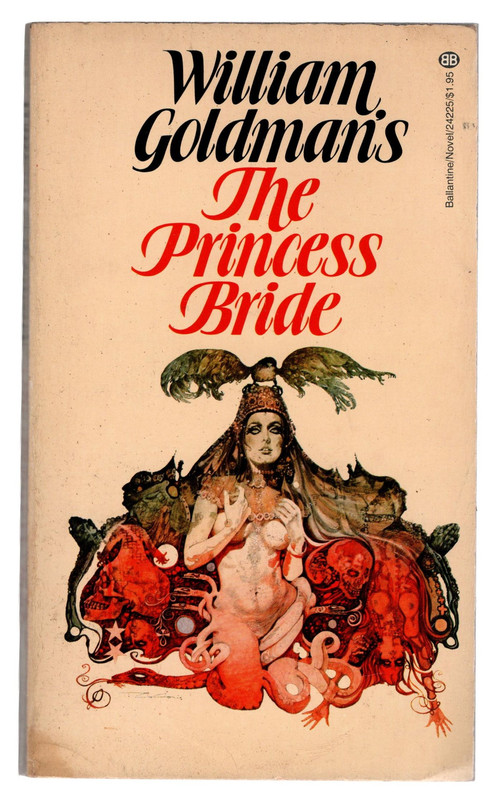
I don’t even have a theory to explain this cover, the way I do the Stephen King book. It’s patently obvious that whoever painted this artwork hadn’t read the book – possibly had never read any book. In fact, I wouldn’t be too surprised if whoever painted this isn’t legally allowed within 300 yards of a library. And yet, I never forget that this cover exists.
I love going to used bookstores, and one of the best reasons is to look at this sort of wild cover art that just doesn’t exist anymore. The next time you’re in one, take a turn into the horror or sci-fi section – even if you don’t normally read horror or sci-fi – and just scan the book covers. Aliens with googly eyes, knives dripping with blood, monsters that may or may not bear any resemblance to the creatures inside the book. Walking through these stores is the closest I can get today to the experience of walking through a video store as a youth, going down that horror section and seeing the ghastly and yet somehow enticing cover art that adorned such classics as Evil Dead 2, Re-Animator, or The Stuff. Oh no, my parents never allowed me to rent these movies when I was a kid, but even then I was drawn to the artwork, and I’ve gone back and revisited a lot of those films as an adult…and you know, even the worst of them seem to trigger a hint of pleasant nostalgia for those trips down the video store aisle.
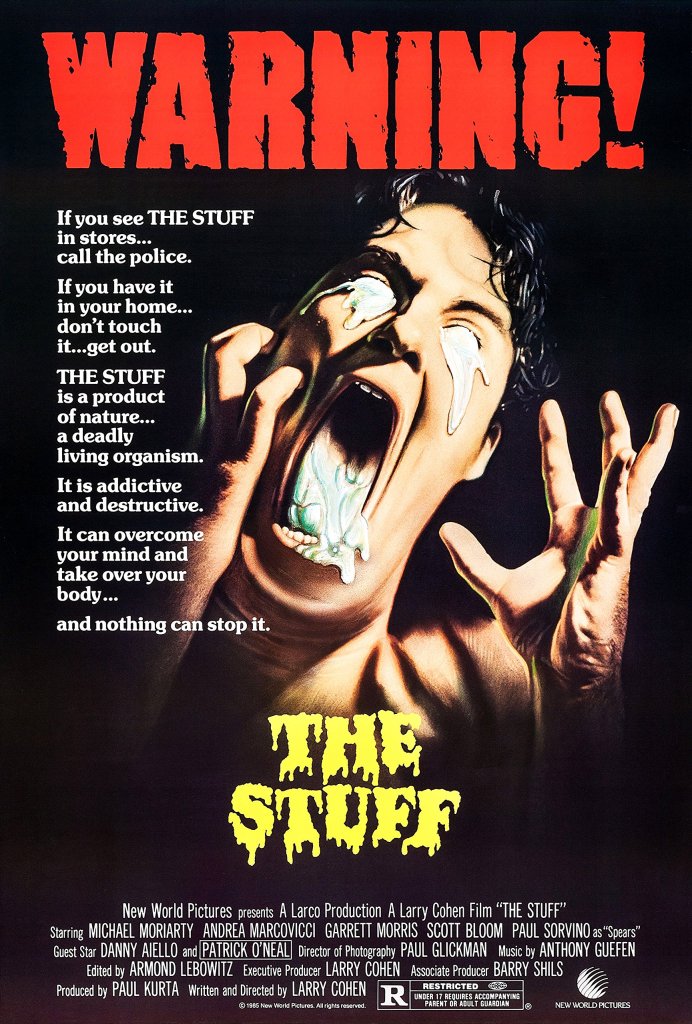
In 2017, horror writer Grady Hendrix released Paperbacks From Hell, a book that examined the absolute avalanche of horror fiction that was produced in the 70s and 80s. Hendrix does a great job in this book of dividing up the work into different categories and discussing some of the more prominent writers, most popular novels, and intriguing trends that existed at the time. But if we’re being honest, the biggest reason to get Hendrix’s book is to get over 250 pages of full color illustrations of some of the wildest horror novel cover art that ever existed.
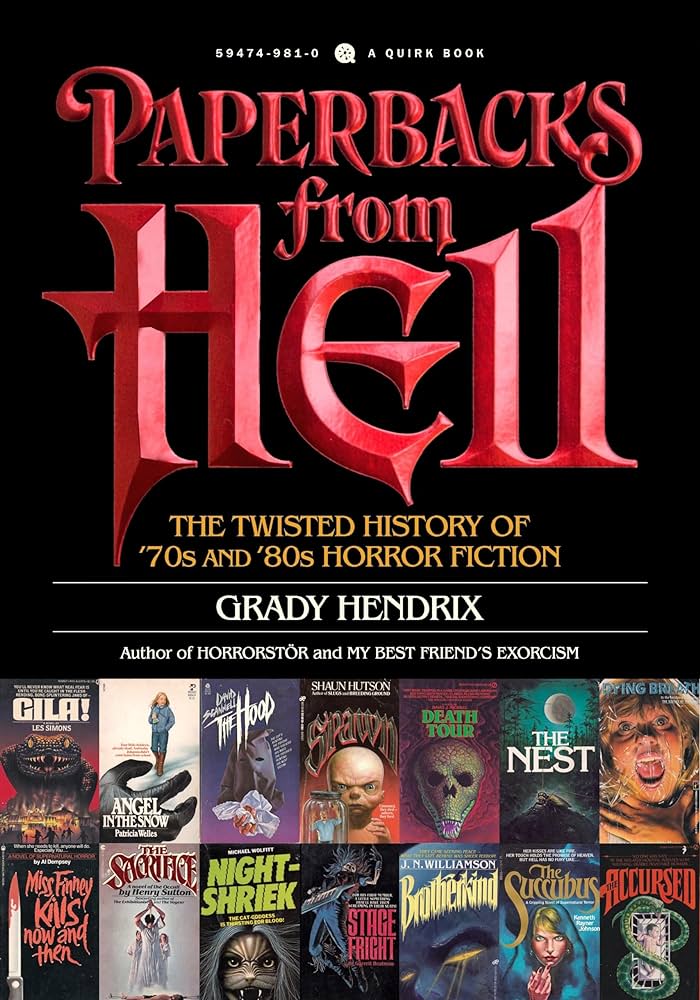
The book is a love letter to the genre, and was popular enough that Valancourt books actually did a limited re-release of several of the books mentioned, original cover art intact, with a new forward by Hendrix himself. Unfortunately, that rerelease did not include John Christopher’s The Little People, a novel about a British couple that tries to turn an Irish castle into a B&B only to learn that it is infested with Nazi Leprechauns. No, there’s not a typo anywhere in that sentence.
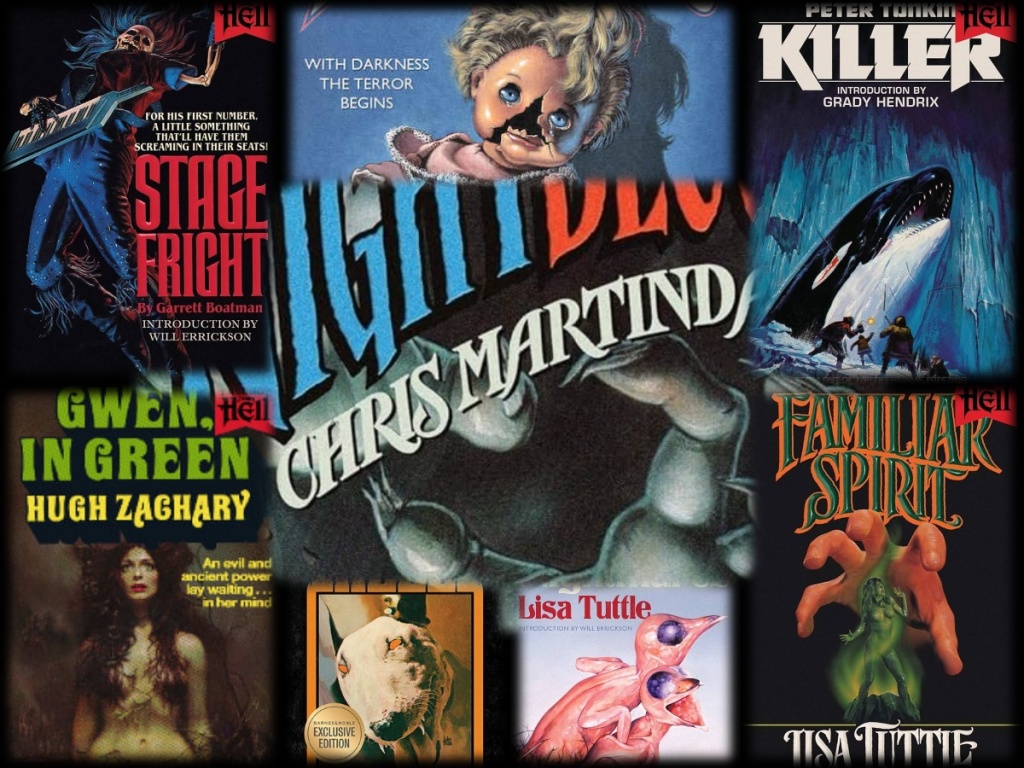
If you think I’m coming across as a stodgy old man lamenting the days of his youth – well, you’re very perceptive. But you can’t wander through a Barnes and Noble and look at the wall of $18 trade paperbacks that waits for you there with so many of the same cover tropes over and over again and objectively tell me that cover art has improved over the last 40 years. Nah, give me the days when an eyeball rolling around in a skull looked at me from the cover of a book, the time of creepy dolls and skeleton horses and eyes glaring at me from behind a set of venetian blinds. These were covers with personality. These were covers that meant something.
Not necessarily something that related to the inside of the book, of course. But something.
SPECIAL ANNOUNCEMENT:
Hey, have you ever missed a Geek Punditry column? Sad, isn’t it? How you don’t know what everyone at work is talking about around the water cooler, ostracizing you and pushing you to the fringes of society the same way they used to do because you didn’t watch Game of Thrones? Well, you’ll never have that problem again if you subscribe to my newsletter. I’m kicking off a (probably) weekly roundup of everything I’ve been doing, which will include links to the newest Geek Punditry, information about whatever new releases I have coming up, some chatter about what I’m working on, and the occasional bonus goodie as well. And as a thank you for signing up, your welcome email includes a top secret, never before seen short story from the world of Siegel City called “Sally Starcher is Cosmagirl!” So if you’re into that kind of stuff, if you want to know what I’m up to, if you just don’t want to miss out when Derek from accounting starts talking about Sally Starcher the way he used to talk about someone called “Khaleesi,” there’s an easy solution. Just click this link, drop me your email address, and you’re all set!
Blake M. Petit is a writer, teacher, and dad from Ama, Louisiana. His most recent writing project is the superhero adventure series Other People’s Heroes: Little Stars, volume one of which is now available on Amazon. You can subscribe to his newsletter by clicking on this dandy little link right here. He hasn’t had any eyeballs on his own book covers yet. He’s waiting for the right time. Maybe something about bunnies.
